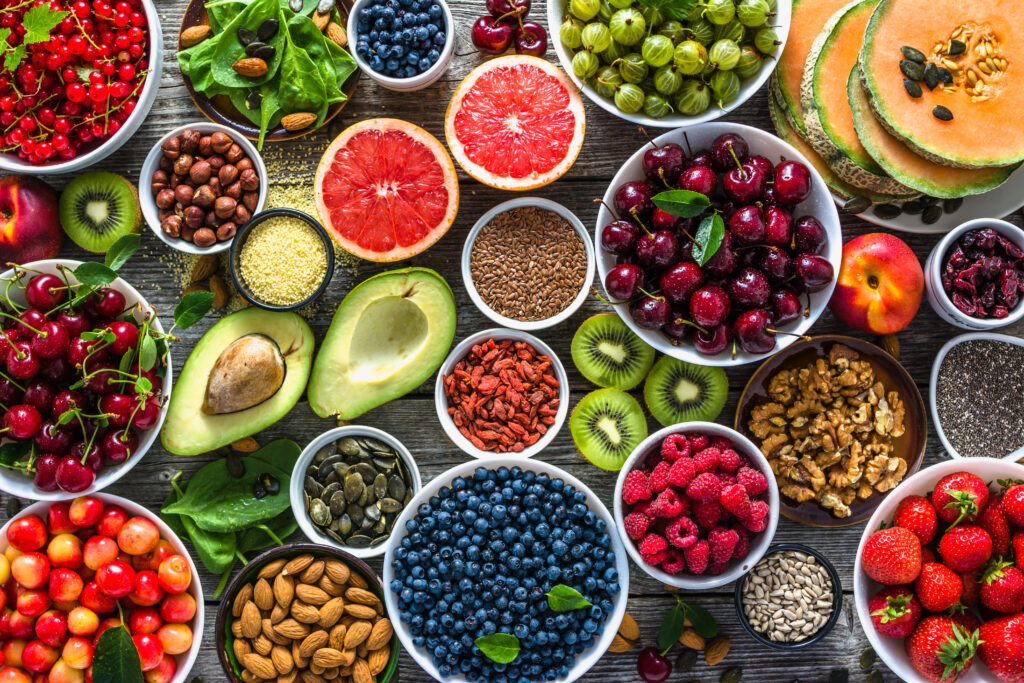Annually, the Environmental Working Group (EWG) develops the “Dirty Dozen” list – made up of fruits and vegetables such as strawberries, spinach, apples, and blueberries that are deemed as containing dangerous amounts of pesticide residues. This fear-based approach not only conveys the false idea that conventional produce is unsafe to eat, but it also indirectly encourages people to remove the exact foods that registered dietitian nutritionists are trying to have people eat more of. In fact, the health benefits of eating washed, fresh produce far outweighs the risk of pesticide exposure.

Like the Dirty Dozen, removing ultra-processed foods from your diet can have an effect similar to missing out on healthy foods which can lead to unintentional negative consequences. The key is to read nutrition/ingredient labels and choose ultra-processed foods that are low in fat, saturated fat, sugar, sodium, calories, and contain nutritious ingredients.
Here are four ways ultra-processed foods can help you stay healthy and even improve your diet:
High-Fiber Foods – Many canned beans are considered ultra-processed and while fresh dried beans are available, few people have the time to make them from scratch. If sodium is a concern, be sure to rinse the beans before preparing. Whole grain breads are another common way consumers get their fiber and one of the easiest ways not only to increase fiber intake but to also add more fiber variety to the diet.
Non-Dairy Milk – Through advances in technology and food processing, plant-based alternative milks such as soymilk, almond milk, or oat milk, are now available. Additionally, some of these options are low in saturated fat which means they are a better choice for those people with heart disease or those watching their cholesterol. Vegans who avoid animal-based foods can appreciate ultra-processed non-dairy products.
Convenience – Convenience foods can be a life-saver for busy families and singles on-the-go and are often a major purchase driver in the retail store. Choosing convenient foods like cheese, crackers, frozen pizza, and hummus are easy and nutritious options that can be quickly put on the table. However, time isn’t the only reason people choose convenience foods; taste and ease of preparation are other major decisive factors.
Affordability – While taste is the number one reason why people purchase a certain food, cost is a close second (followed by convenience). For some, ultra-processed foods like peanut butter, fruited-yogurt, frozen vegetables, and flavored oatmeal, make up the bulk of their diet. Others use these foods to complement and balance higher cost proteins or side items.
